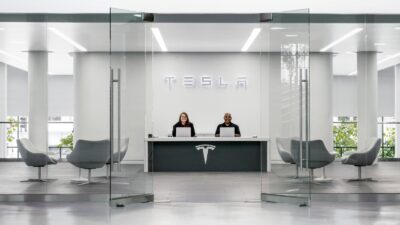My copy of The Economist dropped through the letter box the other day, and I was immediately struck by a front-cover headline: “By 2020 80% of adults will have a supercomputer in their pocket“.
It’s only eight years since the first iPhone was released, and already around 50% of the world’s adults own smartphones. If that figure does reach 80% by 2020 (and it’s going to include the replacement of most of today’s phones too), just how many chips designed by ARM Holdings (LSE: ARM)(NASDAQ: ARMH.US) will be shipped by then?
And with BT Group (LSE: BT-A)(NYSE: BT.US) back in the mobile business, how much profit will it and Vodafone (LSE: VOD) be getting from 4G and later networks?
Chips with everything
Approximately 12.1 billion ARM-based chips were shipped in 2014, and that was a 20% rise on the previous year. If we extrapolate that by 20% every year, by 2020 we’d be looking at 36 billion chips. With multiple chips used in each phone, together with all the tablets, watches, servers, the Internet of things and all the other demands for processing chips by then, that surely won’t be surplus to requirements.
So is 20% growth per year believable? You bet it is. The same rate of growth applied to earnings would push EPS up to 72p by then, and if the ARM share price hasn’t moved from today’s 1,175p we’d be looking at a P/E of 16.
The impact on BT and Vodafone is harder to quantify, as revenue from services doesn’t scale in quite the same way — both will be delivering massively more bandwidth by 2020, but the cost of each gigabyte transmitted will continue its dramatic fall.
4G is here
But with BT having bought up EE, there’s little doubt it will be one of the leading providers of the mobile network itself, and of content. And it’s the latter that could make all the difference — increasing supply of content has helped keep EPS growing steadily, and even after a 260% price rise over the past five years to 456p, the shares are still on a forward P/E of only 15 based on March 2015 forecasts, dropping to 13.5 by 2017.
Vodafone is probably the most uncertain of these three as it’s in the transition from from old style services (which still command nice profits in the developing world but are in decline in Europe and America) to 4G, and with the shares priced at 225p there’s a P/E of a testing 35 on the cards right now.
But the technology is heading in the right direction, with 65% coverage from Vodafone’s 4G networks in Europe already, and 13.7 million 4G customers in 18 markets.
Which to buy?
In the long run, the opportunities are there for the picking for all three of these companies, but ARM would be my choice as the picks’n’shovels operator. As The Economist said, “…in eight short years smartphones have changed the world — and they have hardly begun“.







